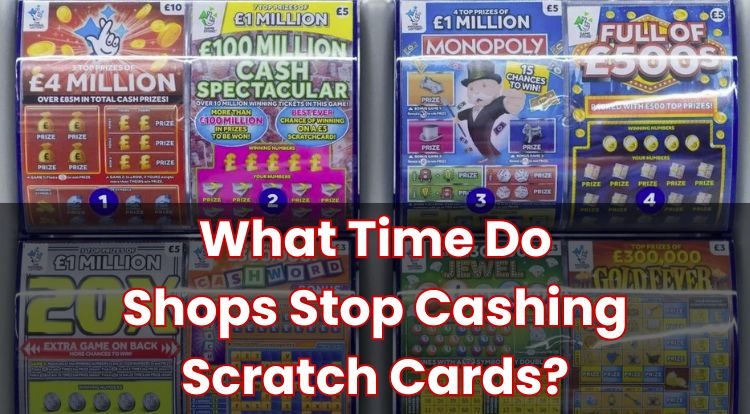Ripped Notes: Can You Use Damaged Cash in Shops UK?
Ever pulled out a fiver at the till and noticed it was torn or scribbled on? Maybe you’ve wondered if it’s still okay to use, or if a shop might turn you away because your note looks a bit worse for wear. Damaged cash isn’t that uncommon, but knowing what to do with it isn’t always clear.
You’re not on your own, many in the UK have been stumped by ripped, faded or accidentally washed banknotes. Before you tuck that tatty tenner back in your wallet or risk using it, it might help to understand how shops decide what’s acceptable and what happens behind the scenes. Read on to learn more.
What Counts As A Ripped Or Damaged Note?
Damaged notes turn up in lots of different conditions. Some have a small tear on one side, others are missing a corner, and many carry writing or stains. In the UK, a note is generally considered damaged if any part of it has been torn, faded, stained, burnt or defaced so that it looks noticeably different from a normal banknote.
A ripped note usually means a piece has been torn off, whether that is a missing edge or a chunk gone from the middle. If a note goes through the wash or gets caught in a zip, it can lose or distort features such as the hologram, metallic foil or see-through window. People sometimes tape a note back together, but that can make it harder for machines or staff to check.
Polymer notes, which replaced paper notes in recent years, are tougher but not indestructible. They can crease, melt or develop small holes if exposed to heat. Writing and stamps are classed as defacement, and while a defaced note is still genuine currency, some businesses may be cautious if important details are obscured.
How Much Damage Is Too Much For A Banknote?
There is no official ruler for minor wear and tear, but a simple rule of thumb helps. If most of the note is present and key security features can be recognised, many places will still take it. That includes the portrait, serial numbers, raised print, metallic elements and the clear window on polymer notes.
If a large portion is missing, the note is in several pieces, or damage affects the clear window or hologram, it becomes harder to verify and far more likely to be refused. Burn marks, heavy staining and holes caused by heat can also stop it being accepted.
Machines are stricter than people. ATMs, self-service tills, ticket machines and vending machines tend to reject anything that is torn, taped, crumpled or badly creased. Staff sometimes use their own judgement, so experiences differ from place to place.
How To Exchange Damaged Cash At A Bank
A damaged note does not have to be a write-off. Many high street banks can help, especially if you are a customer, by exchanging notes that are only slightly damaged. When the damage is more severe, the bank may take your details and send the note to the Bank of England for assessment, or advise you to use the Bank of England’s claims process directly.
Thousands of claims are handled every year, and most are processed within a few weeks. You might be asked how the damage happened and where the note came from, which helps confirm it has not been altered. The more of the original note that remains, and the more clearly visible its features are, the smoother the process tends to be.
Some branches have their own policies on exchanging damaged notes, particularly if you do not hold an account with them, so it is worth checking ahead. Either way, assessment is case by case, and genuine notes that still show enough identifiable features are often replaced.
Tips For Handling Notes With Minor Tears
Spot a small rip or nick? Keeping the note flat in a wallet or purse can stop the damage getting worse. Avoid folding it at the tear, and try not to scrunch it up.
Taping or gluing a note might seem helpful, but it can make checks harder and machines are more likely to reject it. If the note is otherwise clean and readable, using it at a staffed till is often easier than relying on a machine. It also helps to keep polymer notes away from heat sources, as heat can warp or mark the clear window.
If the damage is minor, spending the note sooner rather than later reduces the chance of further wear that could tip it into the “too damaged” category. If you keep finding it is refused, exchanging it might be the sensible next step.
Common Myths About Using Ripped Notes In The UK
A common belief is that a shop has to accept a ripped note because it is legal tender. In practice, businesses can choose what forms of payment they accept. A retailer can refuse a damaged note if they are not confident it can be verified.
Another myth is that a note repaired with tape is as good as new. In reality, taped or glued notes are more likely to be rejected by machines and by staff who need to check security features.
Some people think half a note is worth half the value. It does not work that way. When replacing damaged notes, the Bank of England looks at how much of the original note remains and whether there is enough evidence to confirm it was whole and genuine, rather than assigning a value to a fraction.
Finally, you might hear that the serial number must be intact or there is no chance of a replacement. Having it helps, but it is only one of several features used to verify a note. If enough of the note and its security elements are present, a claim can still succeed.
**The information provided in this blog is intended for educational purposes and should not be construed as betting advice or a guarantee of success. Always gamble responsibly.
*All values (Bet Levels, Maximum Wins etc.) mentioned in relation to these games are subject to change at any time. Game features mentioned may not be available in some jurisdictions.





